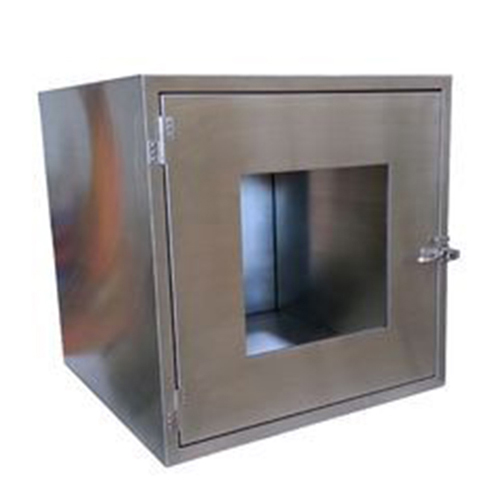Static Pass Box
Home >>Static Pass Box

Static Pass Box
The purpose of a Static Pass Box is to minimize the risk of cross-contamination, protect sensitive materials from outside contaminants, and maintain the desired cleanliness level in the controlled environment. It ensures that only filtered air is exchanged between the two sides of the pass box, preventing particulate matter and contaminants from entering the clean area during material transfer.
Here's how a Static Pass Box typically works:
Construction: Static Pass Boxes are usually made of stainless steel or other non-porous, easy-to-clean materials. They have transparent doors on each side, allowing users to view the contents before transfer.
Airflow: The Pass Box is equipped with high-efficiency particulate air (HEPA) or ultra-low penetration air (ULPA) filters on both sides to remove airborne particles and maintain the required cleanliness level. The air pressure inside the pass box is generally higher than the outside environment to prevent air from flowing into the clean area.
Operation: To transfer materials, an operator places the items to be transferred into the pass box on one side and closes the door. The material is then disinfected using UV light or other sterilization methods before opening the door on the other side for retrieval.
One-way transfer: In most Static Pass Boxes, the transfer can only occur in one direction to prevent the possibility of contamination flowing back into the clean area.
Static Pass Boxes are essential in various industries where maintaining a controlled environment is critical. They are used in pharmaceutical manufacturing, semiconductor manufacturing, biotechnology research, nanotechnology facilities, and any other setting that requires the utmost cleanliness and sterility.
©Copyright 2022-2023 Joyous Industries All Rights Reserved. Vyapar Infotech